Why ‘First Contact’ is the Best Star Trek Film
Why is Captain Picard’s mission back in time to stop the Borg from altering humanity’s first contact the best Trek film?
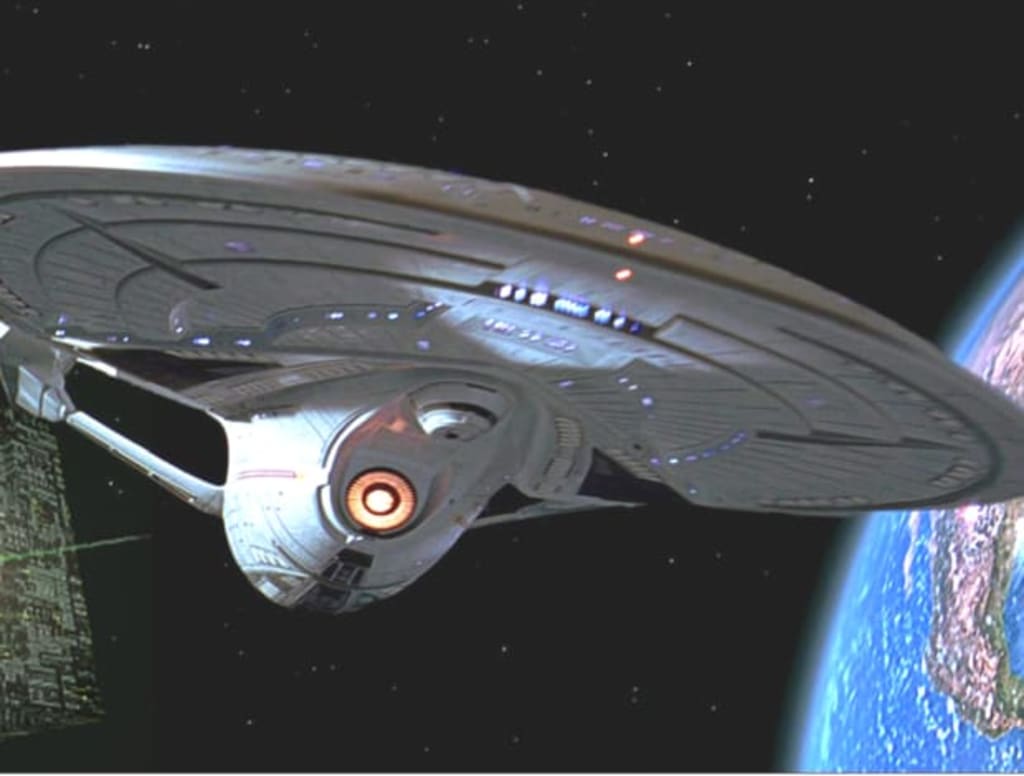
Set phasers to fun: the first reviews of Star Trek Beyond are out, and it's looking positive! However, if this article was a computer interface from Trek, then the sensors would already be detecting the outrage and scorn that will be descending upon the comment section below. Why? Well, for daring to suggest that Star Trek II: The Wrath of Khan isn’t the best Star Trek movie.
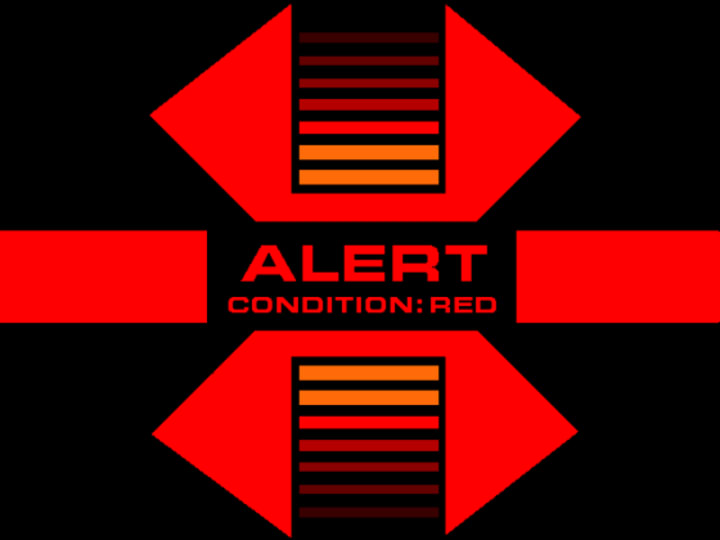
It is definitely up there, and it’s most certainly a classic sci-fi movie, but to this writer it pales in comparison to the movie which celebrates its 20th anniversary this year.
Why is it that, to this writer, Captain Jean Luc Picard’s (Patrick Stewart) mission back in time to stop the Borg from altering humanity’s first contact, is the best Trek film (so far)? Put away your phasers, halt the interplexing beacons and scan the passages below to find out...
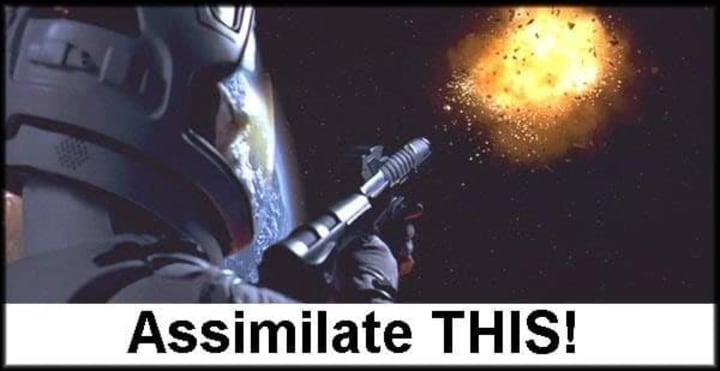
It Features A Truly Brilliant Crew
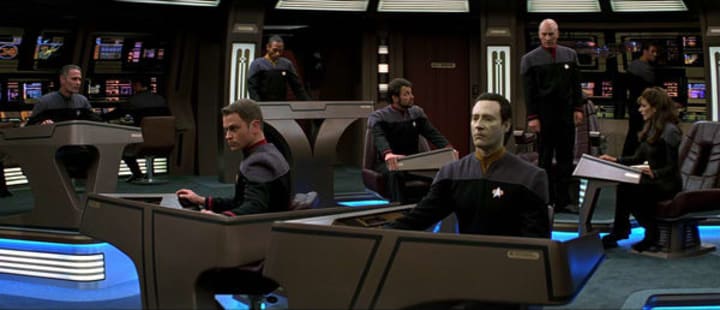
The Bridge of the Enterprise E
Saying that the Next Generation crew - which features in First Contact- is fantastic is not to dismiss the amazing and iconic cast of the original series. Moreover, without Kirk (William Shatner) Spock (Leonard Nimoy) et al, we wouldn’t have got the Next Generation. However, the Next Generation crew are bolstered with a more disparate range of characters (a Klingon, a Betazoid and an android on the bridge) an even more diverse cast, who were granted greater depth and in some cases more sophisticated storytelling.
Certainly, in recent years The Next Generationis watched far more than the original series, but before First Contact they had yet to have their own feature film (apart from Generations featuring Shatner’s Kirk). As Geordi La Forge (LeVar Burton) points out in the first half hour of First Contact:
“We're ready...We should be on the front line.”
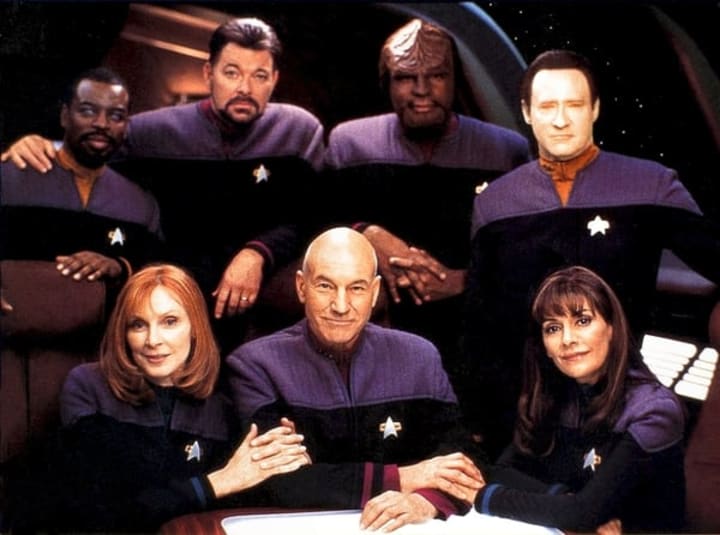
The Main Crew of the Next Generation.
Indeed, Commander's Worf (Micheal Dorn)and Data (Brent Spiner) ably dispatch drones, and Riker (Jonathan Frakes), Troi (Marina Sirtis) and La Forge provide humor through their interactions with the humans of the past - as well as each other. Plus it is always a pleasure to see Patrick Stewart onscreen. He is an undoubtedly fine actor, delivering a layered performance as a brooding, intelligent yet compassionate Captain, who is frequently seen as even better than Kirk!
Many say the Captain is out of character in this movie, since his commanding and violent natureis a far cry from the mellowed man we’ve seen before. But seeing as this is set at least a year after Generations, who knows what the Borg, or the Federation have done in this time to precipitate Picard’s foul mood? Either way, he’s still compelling to watch.
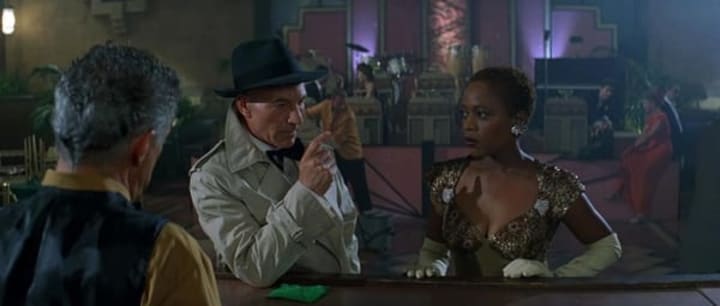
Lily and Picard enjoy the Holodeck.
And this is nothing to say of the newer characters! James Cromwell is fantastic as the drunken yet very relatable Zefram Cochrane and Alfre Woodard is equally so as Lily Sloane. She in particular has a great character arc which resists becoming a passive love interest, and Woodard easily holds her own against Stewart...and that’s saying something.
It Has the Best Cinematic Star Ship Enterprise
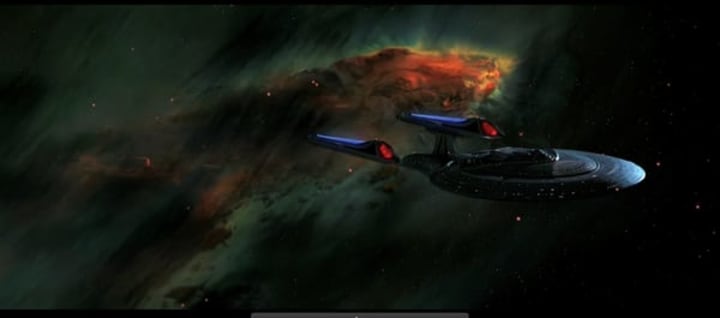
The First Appearance of the Enterprise E.
Star Trek (and its fans) has always excelled at designing simple yet elegant vessels. There are whole threads online comparing the different Federation classes – i.e. Constitution or Galaxy - and lingering moments or scenes which particularly highlight their shapes or capabilities are jokingly labelled as “ship porn.” The most famous example of this in a Trek film is the lengthy and completely gratuitous shuttle craft ride taken by Kirk and Scotty (James Doohan) to the Enterprise in The Motion Picture.
The original ship is admittedly iconic; however, this was decided long before anyone had got a glimpse of the Sovereign Class Enterprise E first gliding out of a nebula. It’s mean, sleek and streamlined and, as La Forge says, “The Enterprise-E is the most advanced star ship in the fleet..." This truly shows in its glorious design, as well as its impressive fight against the Borg.
The Enterprise is also bolstered by the brilliant special effects from Industrial Light and Magic, who used a mix of real models and CGI in such a sophisticated way that it looks like a real and tangible vessel.

In fact, it’s arguable that the animation is so good that it hasn’t dated, at least as much not as quickly as some of its predecessors. Bar the bridge and other ship interiors, the Enterprise E still stands as one of cinema’s greatest ships, and the most formidable in the franchise.
It’s Pacing and Structure is Sublime
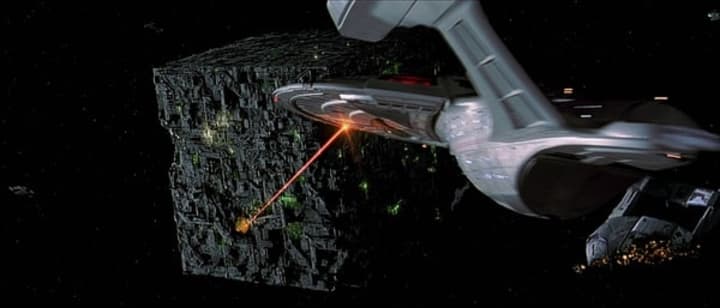
The Battle of Sector 001 in First Contact
First Contact famously features a massive, highly ambitious space battle between the Federation and a Borg cube. The word ambitious is used here, not because of its scale, (since the filmmakers originally conceived it as being far larger than how it is depicted), merely that it occurs in the first fifteen minutes of the movie. It moves the plot forward by getting characters back together, establishes their situation, relationships and reaffirms Picard’s backstory, with some snatches of body horror and a good dose of drama and action for good measure...and that’s just in the first quarter of an hour!
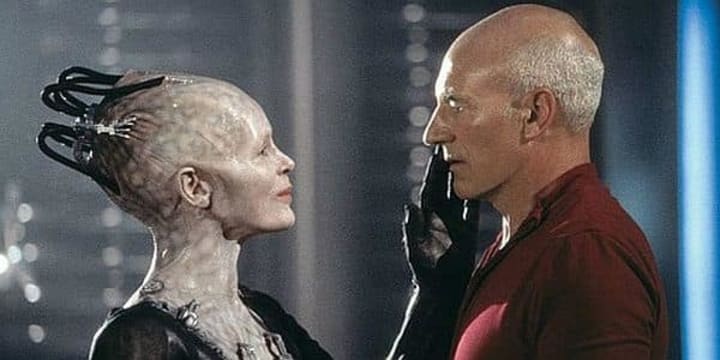
Picard faces the Borg Queen.
Indeed, First Contact features some of the best scenes in all of Trek history, such as the aforementioned opening, the famous argument between Lily and Picard and the spacewalk on the Enterprise’s hull. And that’s not all! The climax of the movie is on a smaller, more personal scale than its opening, but with such effective storytelling, you barely notice it because the stakes have been underlined so clearly.
And it goes without saying how a great many films could learn from this movie about how characters and on-screen conflict can service each other in such a concise and compelling way.
Jerry Goldsmith is one the main architects of the sound of Star Trek, and his score for First Contact is evidence of this, even though he isn’t responsible for its entirety! His son Joel helped out due to Goldsmith’s scheduling conflicts, but the finished product is nevertheless a strong and powerful score. Just check out that video above, with the amazing main theme.
It is such a grand, sweeping and emotional piece which is well-used throughout the picture. However, there is also some great variety in the soundtrack, with Worf’s heroic Klingon theme and the electronic menace of the Borg. Behind every great movie there is a great film score, and Goldsmith’s work is no exception to that rule.
The Borg Are Brilliant Villains
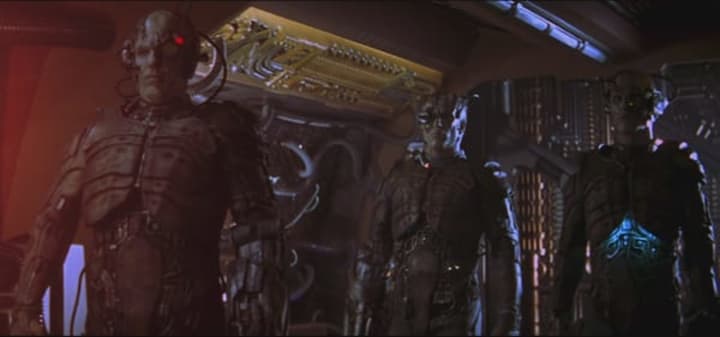
The Borg as they appear in First Contact.
Queen or no Queen (even though Alice Krige is bloody brilliant), overuse in Voyager be damned, the Borg continue to be one of the best and most interesting villains that Star Trek has ever offered. Probing eyes and amputating limbs, with their blank, mottled grey faces, winking red lasers and various gnarly appendages, these zombies from space scare kids and adults alike from their initial, eerie statement spoken in a multitude of voices:
“We are the Borg. Lower your shields and surrender your ships. We will add your biological and technological distinctiveness to our own. Your culture will adapt to service us. Resistance is futile.”
But there is much more to them than just being a scary horde; the horror lies in them as a dark and twisted reflection of the Federation.
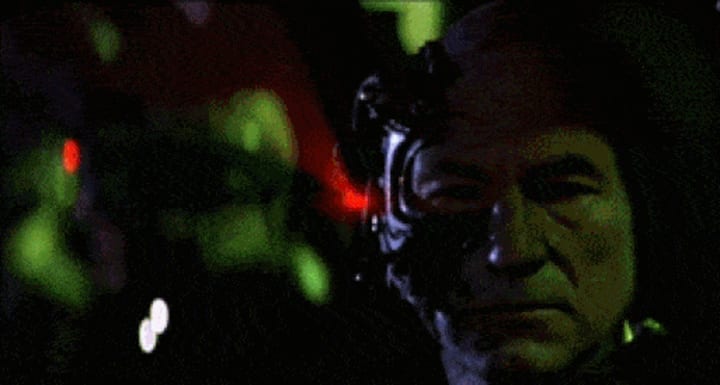
A conglomerate of countless races? Lack of discrimination between gender, creed and culture? Seeking to better themselves? Don’t those qualities sound eerily like that which defines the principles of Starfleet? The totalitarianism of the Borg has been compared to colonialism, as well as financial strategies. The collective and its drones have been paired with communist ideals, and the invasive procedures and psychological trauma which come with being assimilated even connote themes of rape and the fears of technology.
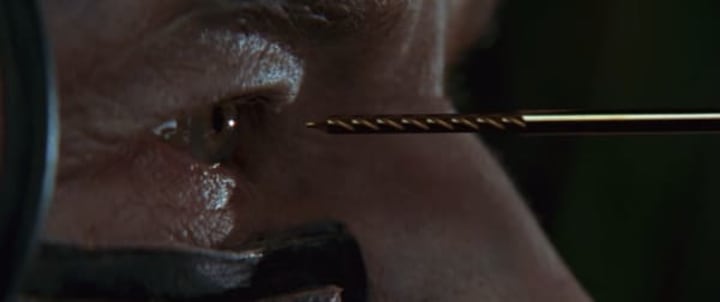
The Borg- not the best of opticians.
The Borg are such dynamic villains because they contain so many allegories to real life, and provide a thematic match for the (supposedly) Utopian Federation. Which brings us to the next point...
It Isn’t Just an Action Movie (As Some Would Have You Believe)
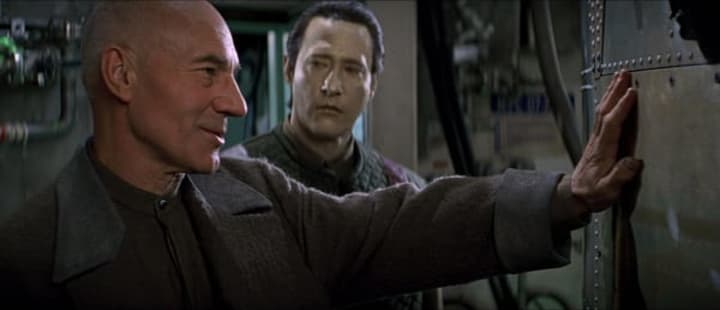
Picard and Data share a moment with the Phoenix.
Like the JJ Abrams's series, First Contact has been labelled as "Trek-lite" because it is apparently more action-based and cerebrally-lacking. Trek has always had a greater thematic focus than Star Wars for example; as fellow Creator Rose Moore highlights,
“...[in Star Trek] the characters and the deeper issues [are] at the forefront, with explosions and fight scenes serving as a framework, not a focus ...”
However, this is just so with First Contact, and describing it as not a "true" Star Trek movie does it a great disservice. There are several memorable action scenes, but all of them serves a purpose in the story. Even the wonderfully left-field Holodeck sequence serves to demonstrate to Lily how extreme and violent Picard has become.
So what if Picard is wearing a typical action hero vest as he grapples with the Borg Queen? Wasn’t Kirk guilty of baring his chest in the Original Series? Picard, Lily, Cochrane and Data’s narratives are what drive the film, with each one examining the choices and nature of humanity. If not, why is the most praised scene in the film this climatic argument between Lily and Picard?
Also, hasn’t the aforementioned symbolism of the Borg highlighted First Contact’s awareness of social concerns?
Perhaps this reaction is not only to its action, but also its deconstruction of Star Trek’s core themes in the 1990s, which introduced disparity and darkness into the Federation. Many argue that this is against the principles of Trek’s brighter future, a future which conversely begins in the bleak fallout of a nuclear World War Three (a nod to the recent end of the Cold War in '91). Indeed, its also precipitated by a man (Cochrane) who is neither hopeful or out to benefit anyone else.
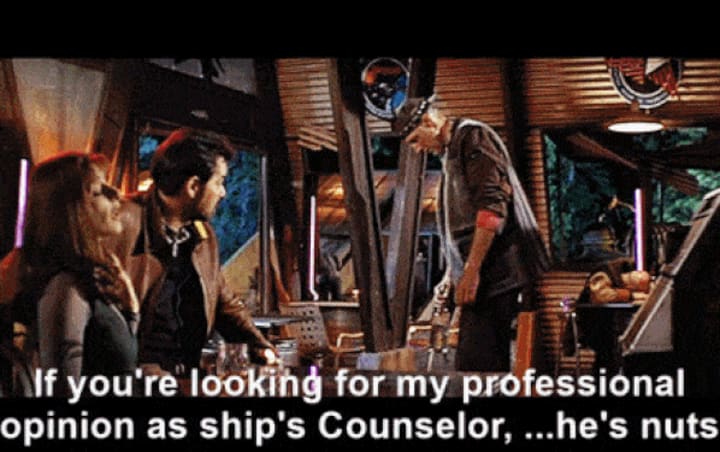
But then again, in this brighter future even the crew of the Kirk and Spock era had its disagreements and problems, and the Federation grappled with many races and civilizations. The humanity of the future was never going to be absolutely perfect; even Data, a machine who longs to understand and be part of humanity doesn't strive to be perfect like the Borg. As he rightly says in First Contact:
“Believing oneself to be perfect is often the sign of a delusional mind.”
In no way is this saying that dark and gritty are the way that Trek should go, but it should never be afraid to tackle heavy themes. However, as Rose Moore says again, in their adventures, the crews of the Federation:
"...are always earnest, and always erring on the side of optimism."
And this is the most crucial point of all.
It Encapsulates the Core of Star Trek Itself!

Originally made in the face of social divisions and rife with political concerns, the message of Star Trek is that we, as humans, can aspire and work to improve and better ourselves, no matter what. The relationship between Picard and Lily sums this up best. She is the optimist in a time when there is little cause or reason for it, and as such Lily can recognize the darkness in Picard, a man from the bright future who is succumbing to the violent mistakes of the past. But together they ensure that they can move past their problems, prejudices and hang-ups for the benefit of many. In the words of Alex Carter:
“...there is already conflict, darkness and cynicism - First Contact just shows us how those things can be turned into hope.”
Overall, under Jonathan Frakes’s efficient and confident direction, First Contact is a concise and effective movie, building tension (with its slow reveal of the Borg) and delivering laughs when needed (“Perhaps you'd like an analgesic cream?") all the while remaining an amazingly fertile film with deep thematic concerns.
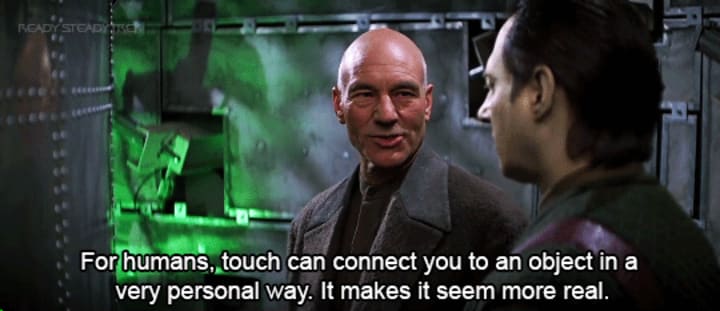
Its clever script cuts to the core of Star Trek's message (even though its the darkest and scariest movie in the series) and it is so potent because the optimism and beauty of its message rings ever louder in the face of the onscreen violence and overwhelming odds. That’s what makes First Contact to be the best of all the Star Trek movies thus far. You know it to be so.
As the Borg say, resistance is futile.
About the Creator
Max Farrow
A fanatical film-watcher, hill-walker, aspiring author, freelance writer and biscuit connoisseur.
These articles first appeared on Movie Pilot between Jan 2016 and Dec 2017. Follow me on Twitter @Farrow91






Comments
There are no comments for this story
Be the first to respond and start the conversation.